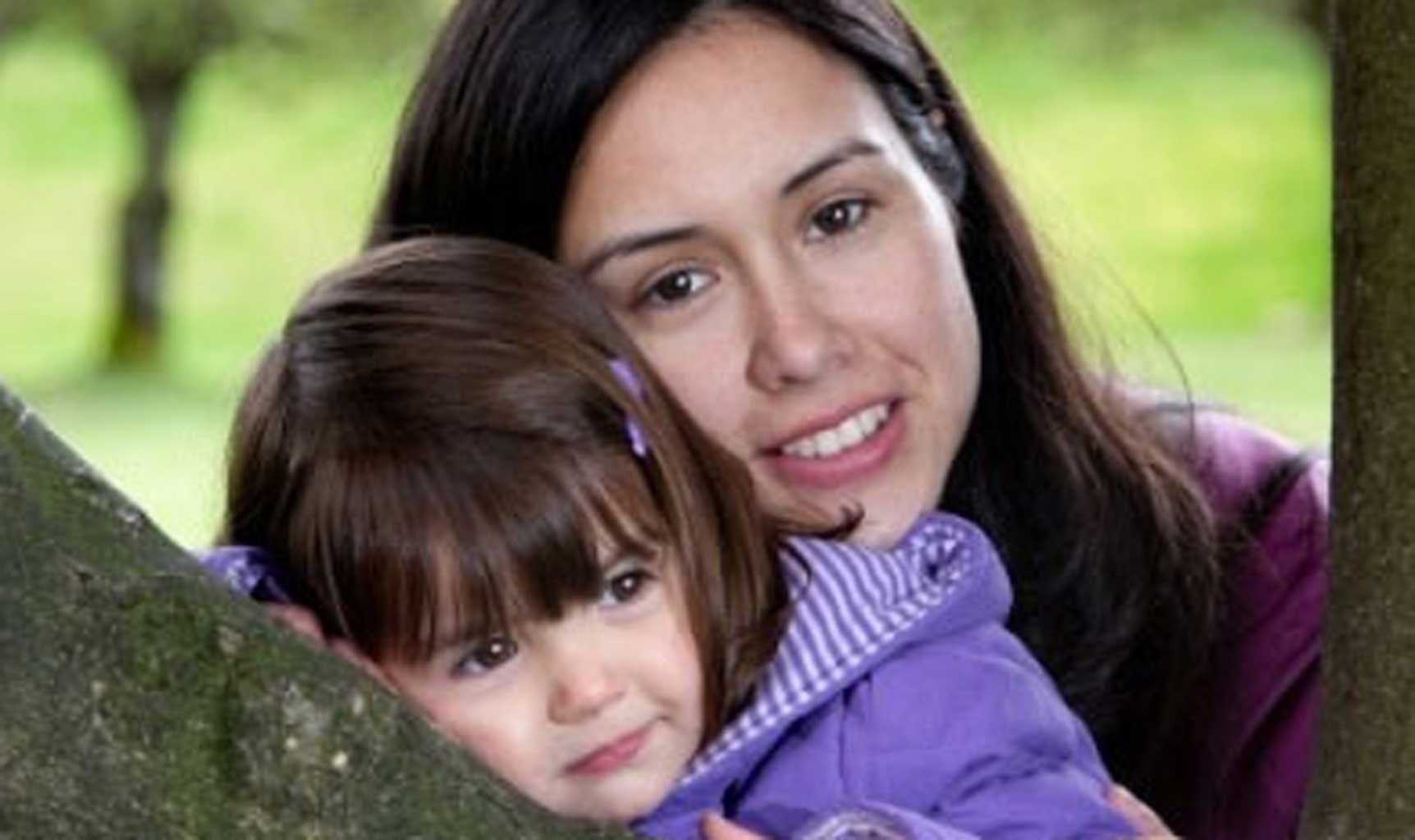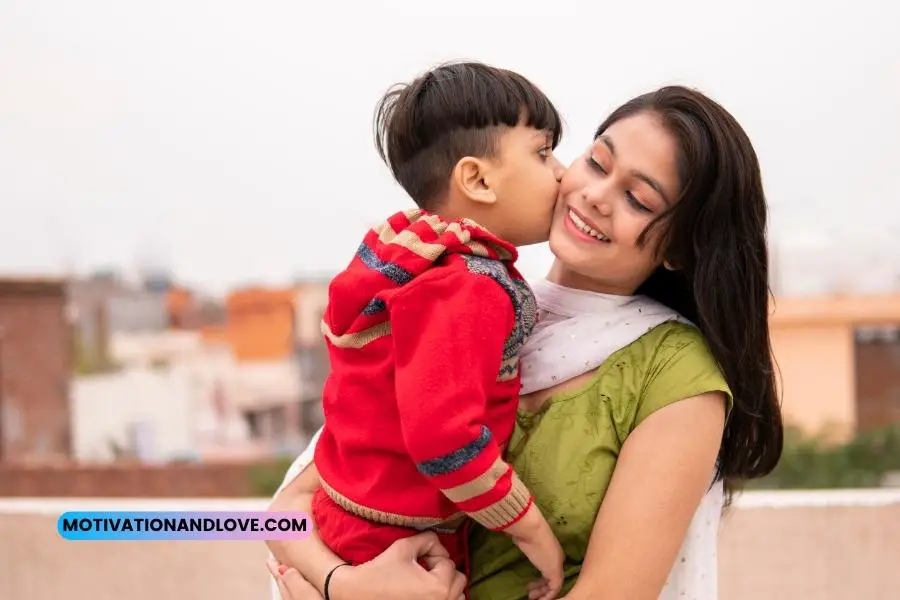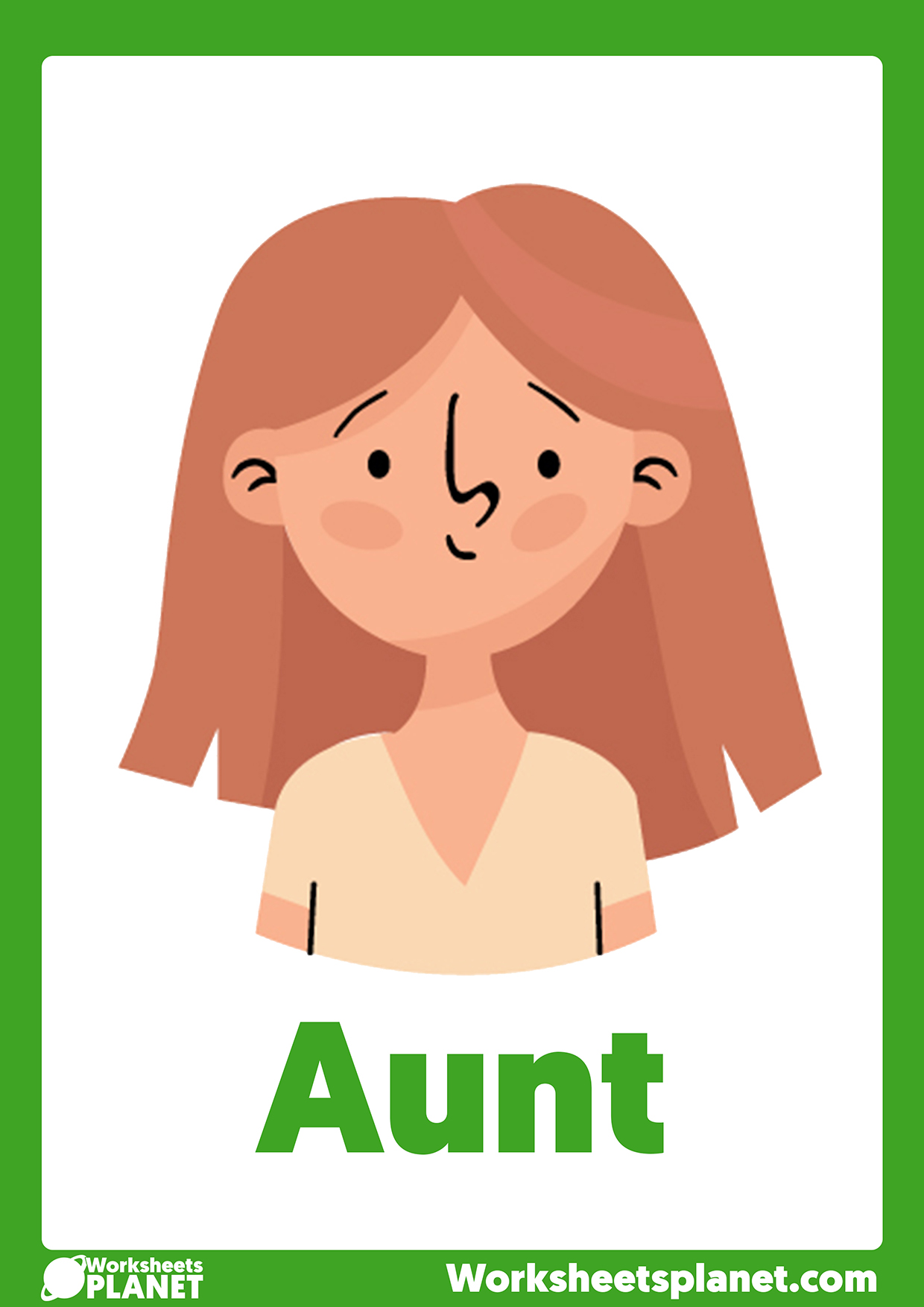Unpacking The 'Aunt Steph' Dynamic: Navigating Complex Family Ties
Family relationships, at their core, are meant to be a source of comfort, support, and unconditional love. Yet, the reality is often far more intricate, layered with unspoken feelings, past traumas, and evolving dynamics. In the tapestry of our lives, certain bonds can become unexpectedly complex, challenging our perceptions of what is "normal" or "healthy." One such scenario, which we'll explore through the lens of what we call the "Aunt Steph" dynamic, delves into the delicate balance of familial connection, personal vulnerability, and the unexpected emergence of feelings that blur traditional lines.
This article aims to unpack these sensitive situations with empathy and a commitment to well-being. We will explore how relationships within step-families can develop unique contours, how unexpected attractions might arise, and, most critically, how to identify and address patterns that veer into unhealthy territory. Our focus is not to judge, but to provide insights and resources, emphasizing the paramount importance of mental and emotional health when navigating such deeply personal and often confusing family landscapes.
Table of Contents
- The 'Aunt Steph' Archetype: Defining Family in Modern Times
- The Evolving Nature of Relationships: Beyond Bloodlines
- Navigating Unconventional Attractions: When Boundaries Blur
- Recognizing Red Flags: When Relationships Turn Unhealthy
- The Path to Healing: Embracing Professional Guidance
- Establishing Healthy Boundaries: Protecting Your Well-being
- Broader Family Implications: Navigating the Social Landscape
- Moving Forward: Towards Healthier Connections and Self-Discovery
The 'Aunt Steph' Archetype: Defining Family in Modern Times
The term "aunt" traditionally conjures images of a parent's sister, a beloved figure who might spoil you with treats or offer a different perspective than your immediate parents. The Oxford Advanced Learner's Dictionary defines an aunt as "the sister of one's father or mother" or "the wife of one's uncle or aunt." Alternate terms, like "auntie" or "aunty," often carry a warm, affectionate connotation, used even as a form of address for an older woman, especially by children.
However, modern family structures are far more diverse and fluid than these traditional definitions suggest. The "Aunt Steph" dynamic, as we explore it, represents a common yet often undiscussed facet of contemporary family life: the step-aunt. As the data suggests, "She is actually my step aunt if you will," clarifying that the connection is "not directly related to me, only through marriage." This distinction is crucial. While blood relatives share a genetic bond, step-relatives forge connections through shared experiences, time, and the deliberate act of becoming family. This often means that the relationship evolves over years, as was the case here: "She has been married to my uncle for about 10 years now," and only recently, "She has now starting to feel comfortable around the family." The "Aunt Steph" archetype, therefore, is not about a specific individual, but about the complex web of relationships that extend beyond immediate bloodlines, where new bonds are formed, and sometimes, unexpected feelings emerge.
The Evolving Nature of Relationships: Beyond Bloodlines
Relationships, by their very nature, are dynamic. They grow, shift, and sometimes take unexpected turns. This is particularly true in step-family configurations, where individuals are brought together not by birth, but by the choices of others. A step-aunt, for instance, might initially be a distant figure, a new addition to family gatherings. Over time, as shared experiences accumulate and comfort levels increase, the bond can deepen.
The question, "Can a physical attraction develop over time?" is a profound one, and the answer, in many human relationships, is yes. Proximity, shared vulnerability, emotional connection, and even the simple passage of time can foster feelings that were not present initially. This is not exclusive to step-family relationships, but when it occurs within a familial context, it introduces layers of complexity and ethical considerations. The "Aunt Steph" scenario highlights this evolution, where a relationship that began as purely familial, albeit through marriage, eventually developed into something else entirely. The data points to this gradual shift, underscoring that feelings are not always instantaneous but can be cultivated over years of interaction and observation.
Navigating Unconventional Attractions: When Boundaries Blur
The heart of the "Aunt Steph" dynamic lies in the emergence of romantic and sexual feelings within a family-like structure. The raw honesty in the data is striking: "My aunt has romantic feelings for me and I feel the same way with her, and she keeps staring at me sexually and it kind of turns me on the way she does that, And I wish that we could." This candid admission brings to light a deeply uncomfortable but not entirely uncommon human experience: attraction to someone within one's perceived family circle. While such feelings can be intensely confusing and isolating, it's crucial to understand the various factors that might contribute to their development and, more importantly, the ethical and psychological implications.
The Onset of Feelings: A Gradual Process
Attraction is rarely a switch that flips on overnight. As the individual states, "I didn't always have a thing for her, but as I've..." This suggests a slow, insidious build-up of feelings. Perhaps it was a shared laugh, a moment of unexpected understanding, or a growing appreciation for her qualities. Over time, these small interactions can accumulate, leading to a deeper, more complex emotional landscape. When the object of this evolving affection is a family member, even a step-aunt, the internal conflict can be immense. The societal taboo against such relationships often clashes with the very real, very human experience of attraction, creating a profound sense of guilt, shame, and confusion for those involved.
The Vulnerability Factor: A Critical Lens
A significant element in the "Aunt Steph" dynamic is the aunt's apparent vulnerability. The data explicitly states, "She is obviously vulnerable because of her husband's death." Furthermore, "She divorced my uncle about 8 months ago and got completely cut off from my family until I messaged her." These details paint a picture of a woman in a fragile state, experiencing profound loss, isolation, and a significant life transition. In such moments of vulnerability, individuals may unconsciously seek comfort, connection, or validation in ways they wouldn't otherwise. This can manifest as an emotional or even physical attachment to someone who offers a lifeline, even if that connection is inappropriate within a family context.
The data also includes a crucial external perspective: "I think your aunt was being very selfish by playing with your feelings, Regardless who she is in relation to you, at that time she was in a position of trust and you were near enough a child with." This highlights a critical power dynamic. Even if the individual is 28 and the aunt 44 or 45, the aunt, as an older family figure, holds a position of trust and responsibility. To "play with feelings" of someone younger and potentially less experienced, especially when in a vulnerable state herself, raises serious ethical concerns. It suggests a potential exploitation of emotional dependency, whether intentional or not, which can have lasting psychological impacts on the younger individual. Understanding this power imbalance and the role of vulnerability is paramount in assessing the health and appropriateness of such a relationship.
Recognizing Red Flags: When Relationships Turn Unhealthy
The data unequivocally states, "You have an unhealthy relationship with your aunt and I recommend therapy for yourself and your aunt." This is not a casual observation but a strong indicator that the dynamic described crosses a line from complex to genuinely problematic. Identifying the red flags in such a relationship is crucial for the well-being of all parties involved.
An unhealthy relationship, especially within a family context, often exhibits several warning signs. Firstly, there's a blurring of boundaries, where roles and expectations become confused. When an "aunt" figure, who should typically provide a supportive, non-romantic familial presence, begins to express romantic or sexual interest, it fundamentally disrupts the established family structure. The "sexual staring" and the mutual attraction, while perhaps exciting in the moment, signify a profound breach of the implicit trust inherent in family relationships.
Secondly, vulnerability, as discussed, can be exploited, even unintentionally. If one party is emotionally fragile due to recent trauma (like a husband's death and divorce), and the other is younger and perhaps seeking connection, the ground is fertile for an imbalanced dynamic. The external comment about the aunt "playing with your feelings" points to a potential manipulation or lack of consideration for the younger individual's emotional state. This kind of emotional manipulation, where one person's feelings are used for another's gratification or comfort without genuine reciprocity or respect for boundaries, is a significant red flag.
Furthermore, the secrecy or sense of taboo often associated with such relationships can lead to isolation. If the individuals involved feel they cannot openly discuss their feelings or the nature of their bond with others, it creates a private world that can become emotionally suffocating and prevent external intervention or support. The fact that the aunt was "completely cut off from my family until I messaged her" further underscores a history of strained family relations, which might make her more prone to seeking connection in unconventional ways, and the individual more susceptible to being the sole point of contact.
The Path to Healing: Embracing Professional Guidance
Given the profound complexities and inherent unhealthiness of the "Aunt Steph" dynamic, seeking professional guidance is not merely an option but a critical necessity. The recommendation for "therapy for yourself and your aunt" is the most responsible and constructive path forward. This is where the principles of E-E-A-T and YMYL truly come into play, as we are dealing with mental health, emotional well-being, and potentially harmful relationship patterns.
Therapy provides a safe, confidential, and non-judgmental space to explore these deeply personal and often painful emotions. A licensed therapist or counselor can help both individuals:
- Process Complex Emotions: Feelings of attraction, confusion, guilt, shame, and even excitement can be overwhelming. A therapist can help individuals understand the origins of these feelings and how to manage them constructively.
- Identify Unhealthy Patterns: A professional can objectively assess the relationship dynamics, pinpointing where boundaries have been crossed, where vulnerability has been exploited, and what underlying needs are driving the behavior. They can help both parties recognize their roles in perpetuating the unhealthy cycle.
- Develop Coping Mechanisms: For the younger individual, therapy can provide tools to navigate feelings of being "turned on" by inappropriate behavior, to understand why they might feel the need to be in such a relationship ("You feel like you need to be."), and to build self-esteem and assertiveness.
- Address Underlying Issues: For the aunt, therapy can help her process her grief over her husband's death, the trauma of divorce, and the isolation she experienced from her family. Addressing these core vulnerabilities is essential for her to form healthy attachments in the future.
- Facilitate Healthy Communication: If both parties are willing, joint therapy (with clear boundaries set by the therapist) can sometimes help them communicate their needs and feelings in a structured way, leading to a healthier resolution, even if that resolution means ending the problematic dynamic.
There are numerous "relationship resources" available online and through local mental health services. These can include directories for licensed therapists, support groups for individuals navigating complex family dynamics, and educational materials on healthy relationships and boundaries. It is crucial to seek out qualified professionals who adhere to ethical guidelines and prioritize the well-being of their clients.
Establishing Healthy Boundaries: Protecting Your Well-being
Once professional guidance is sought, a fundamental step in healing and moving forward is establishing clear, healthy boundaries. This can be incredibly challenging, especially when deep emotional and physical attractions are involved, and when family ties make complete separation difficult. However, boundaries are essential for protecting one's mental and emotional health.
For the individual involved in the "Aunt Steph" dynamic, this might mean a re-evaluation of contact. The question, "Do I stay away from family get together on New Year's Eve because of fight with sister?" (though seemingly unrelated to the aunt, it highlights existing family stress) can be rephrased to consider contact with the aunt. If interactions are consistently triggering or lead to emotional distress, limiting or even ceasing contact might be necessary, at least temporarily. This is not about punishment but about self-preservation.
Boundaries can take many forms:
- Limiting Physical Contact: Avoiding situations that might lead to inappropriate physical closeness or staring.
- Controlling Communication: Reducing the frequency or nature of messages, especially if they become overly personal or suggestive.
- Defining Roles: Reasserting the familial role (e.g., "you are my aunt") and explicitly rejecting any romantic or sexual undertones.
- Seeking Support from Others: While the situation is sensitive, confiding in a trusted friend or another family member (if safe to do so) can provide external support and accountability.
Establishing boundaries requires courage and consistency. It's about recognizing that while feelings may exist, not all feelings should be acted upon, especially when they compromise one's well-being or involve an unhealthy dynamic within a family structure. Prioritizing one's mental health means making difficult choices to protect oneself from further emotional harm.
Broader Family Implications: Navigating the Social Landscape
The "Aunt Steph" dynamic doesn't exist in a vacuum; it is embedded within a broader family system. The data reveals that the aunt "got completely cut off from my family until I messaged her," suggesting a history of family estrangement or conflict. Her recent comfort around the family, after a period of being cut off, could be a sign of her attempting to reintegrate, but also potentially a factor in the blurring of lines if she is seeking intense connection.
Such unconventional relationships, if they were to become known, would undoubtedly have significant implications for the entire family. Society generally holds strong norms against romantic or sexual relationships between individuals who are considered family, even step-relatives. This is not merely a moral judgment but often stems from concerns about power imbalances, emotional well-being, and the potential for exploitation, particularly when one party is vulnerable or in a position of trust. The "Aunt Steph" scenario, by its very nature, challenges these societal expectations and can lead to further family conflict, judgment, and isolation for those involved.
Navigating these social expectations while dealing with deeply personal feelings is a tightrope walk. It underscores why privacy and professional guidance are so vital. The goal is to resolve the unhealthy dynamic in a way that minimizes further harm to the individuals involved and, if possible, preserves some semblance of healthy family relationships, even if it means redefining what those relationships look like.
Moving Forward: Towards Healthier Connections and Self-Discovery
The journey through a complex "Aunt Steph" dynamic is undoubtedly challenging, but it is also an opportunity for profound self-discovery and growth. Moving forward means committing to a path of healing, prioritizing mental well-being, and striving for healthier connections in all aspects of life.
For the individual who has experienced these confusing feelings, the process involves understanding one's own needs and vulnerabilities. Why did this particular dynamic feel compelling? What emotional gaps might it have been attempting to fill? Therapy can help uncover these deeper insights, leading to a stronger sense of self and the ability to form truly reciprocal and healthy relationships in the future. It’s about recognizing that while attraction can be powerful, true well-being comes from relationships built on respect, appropriate boundaries, and genuine care, free from manipulation or exploitation.
For the aunt, addressing her own vulnerabilities and past traumas is essential. Healing from the death of her husband and the divorce, and rebuilding healthy connections with her family, will be crucial steps. This might involve understanding how her own needs for comfort and connection inadvertently led to an unhealthy dynamic. Ultimately, both individuals have the opportunity to break free from problematic patterns and cultivate a life rich with healthy, supportive relationships that honor their emotional and psychological well-being.
Conclusion
The "Aunt Steph" dynamic serves as a poignant example of the intricate and often challenging nature of human relationships, especially within the evolving landscape of modern families. While feelings can be complex and sometimes unexpected, it is paramount to recognize when a relationship crosses into unhealthy territory, particularly when vulnerability, power imbalances, and inappropriate attractions are involved. The journey described in the data, with its mutual feelings and concerning behaviors, clearly indicates a need for intervention and support.
The most crucial takeaway from this exploration is the undeniable importance of professional guidance. Therapy, for both individuals involved, is not a sign of weakness but a courageous step towards understanding, healing, and establishing healthy boundaries. It offers a safe space to navigate the confusion, process underlying traumas, and develop the tools necessary to foster respectful and appropriate connections. Prioritizing one's mental and emotional health is a non-negotiable step towards a fulfilling life, free from the entanglements of unhealthy dynamics. If you or someone you know is navigating a similar complex family situation, we strongly encourage you to seek out licensed therapists or reputable relationship resources. Your well-being is worth the investment.
Have you encountered complex family dynamics that challenged your perceptions? Share your thoughts and insights in the comments below, or consider sharing this article to foster a broader conversation about healthy relationships and the importance of seeking professional support.

Aunt Poems For Niece | Sitedoct.org

Aunt and Nephew Relationship Quotes - Motivation and Love

Family Members Flashcards | Teaching English | ESL